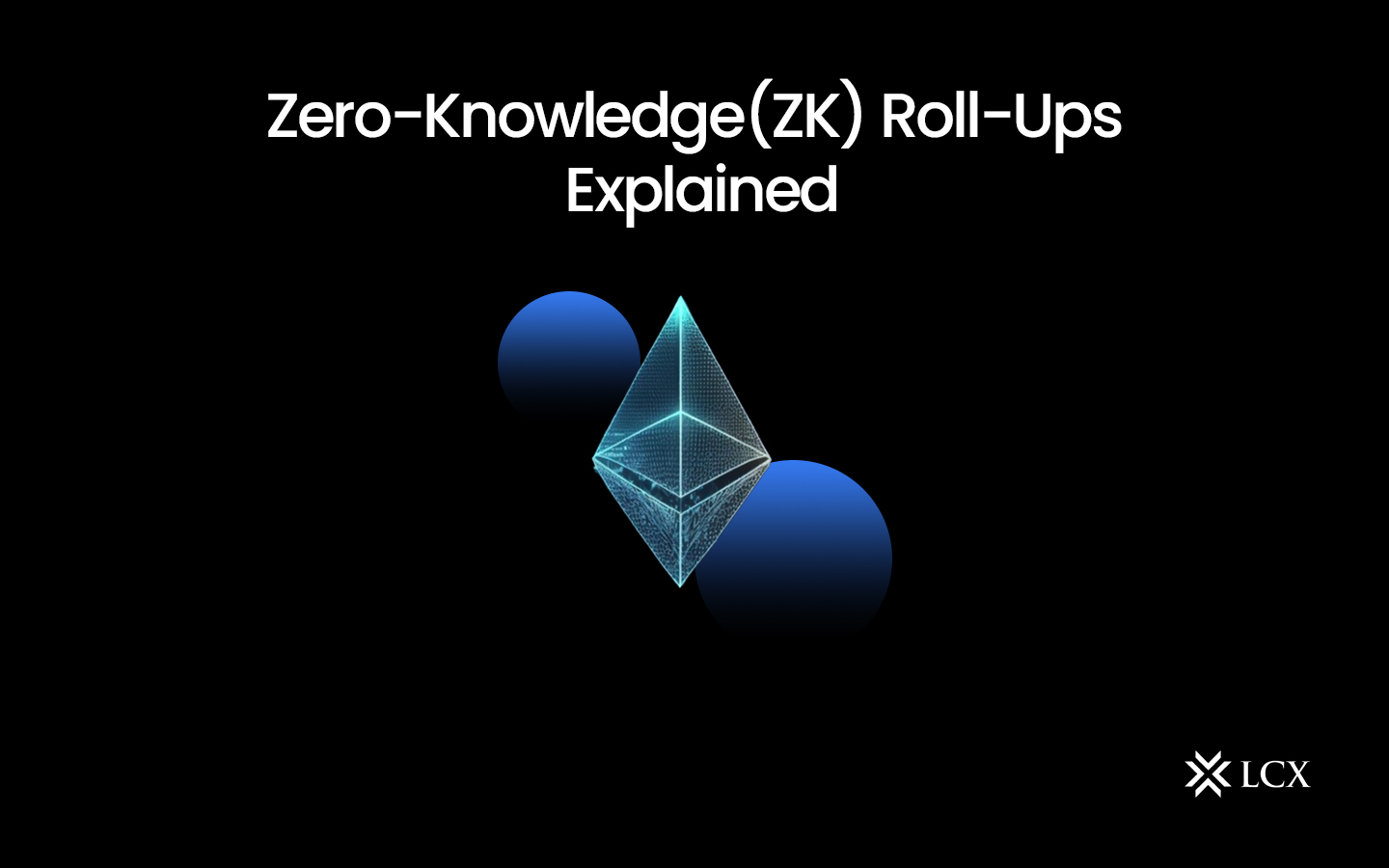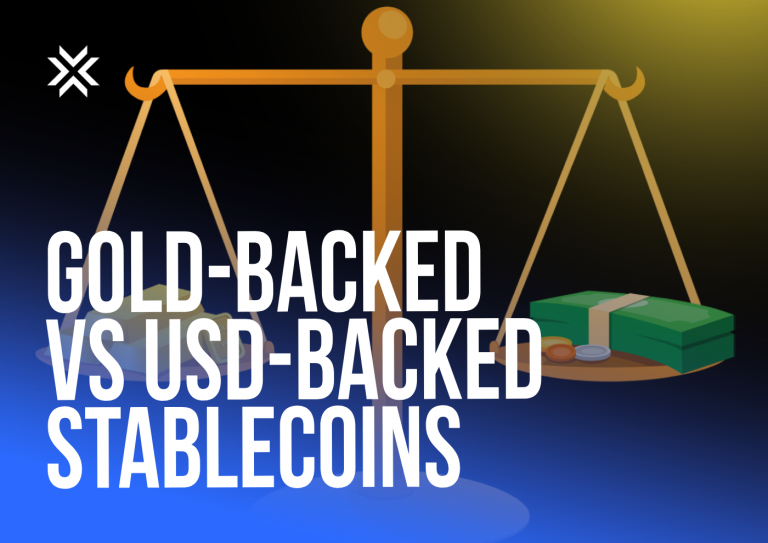Introduction
Historically, blockchains have struggled to maintain a high level of trust minimization for use cases requiring high speed and low cost. To achieve the ultimate objective of bringing the benefits of trust minimization to billions of people, blockchains must be able to process orders of magnitude more transactions than they can currently while keeping transaction costs low enough for ordinary users to enter the Web3 economy without difficulty. The aim of blockchain research and development is to make the technology scalable so that smart contracts can serve as the backbone of major industries, such as finance, insurance, logistics, gaming, and many others. Using zk rollups, which transfer computation and state into off-chain networks while storing transaction data on-chain, is one method for scaling blockchains.
What Are Zk-Rollups?
A zero-knowledge rollup (zk-rollup) is a layer-2 scaling solution that transfers computation and state off-chain into off-chain networks while storing transaction data on a layer-1 network (such as Ethereum). State modifications are computed off-chain and then validated using zero-knowledge proofs on-chain.
Zk-rollups substantially increase transaction throughput and lower transaction costs, while inheriting the security of the base-layer (layer-1) network they are connected to for settlement. Instead of publishing every single transaction on-chain, zk-rollups only need to periodically post valid batches of transactions from the layer-2 network to the layer-1 network, effectively leveraging only the censorship resistance and security of the base layer for settlement. Rollups frequently employ data compression mechanisms to reduce the quantity of data posted on layer 1.
How Do Zk-Rollups Work?
Zk-rollups enhance scalability because, rather than posting all transaction data on-chain, they only need to periodically provide valid transaction batches that are executed using off-chain computation. These bundles are then “rolled up” into a single summary of the state changes that are verified by the base layer using a validity proof that proves the correctness of the changes using a zero-knowledge proof, demonstrating mathematical certainty that the state changes proposed by layer 2 are correct and are the result of the execution of the given batch of transactions.
Typically, Zk-rollups rely on the base layer for data accessibility, settlement, and censorship resistance. The state of the rollup is managed by a smart contract deployed on the layer-1 network. Typically, when a user submits a transaction on the rollup, it is sent to a layer-2 operator for inclusion in the subsequent transaction collection. These operators may be a centralized entity known as a sequencer that executes transactions, combines them into batches, and sends the batches to the layer-1 network. Zk-rollups may also employ a proof-of-stake system in which the role of executing and aggregating transactions is rotated among a group of validators who have deposited funds into a roll-up staking contract.
Zk-Rollup vs. Optimistic Rollup
Optimistic rollups are an alternative scaling solution for layer 2 that differs significantly from zk-rollups. In lieu of validity proofs, optimistic rollups employ a fraud-proof mechanism that enables any user to contest the result of an optimistic rollup’s implementation during a specific time window.
In the case of zk-rollups, state change validity is cryptographically verified. Since optimistic rollups do not use validity proofs, they employ a distinct strategy in which transactions are presumed valid until their correctness is challenged. After an optimistic rollup bundle has been submitted on the base layer, there is a challenging period during which anyone can challenge the result of a rollup transaction by calculating fraud-proof. If the fraud-proof is successful, the roll-up protocol re-executes the transaction and updates its state. If optimistic rollup state transitions are not challenged before the challenge period expires, the layer 1 collection of transactions is accepted as valid.
Using a fraud-proof mechanism with a challenging period also necessitates a waiting period (typically seven days) between submitting a withdrawal request and the funds becoming available on the base chain when withdrawing funds from an optimistic rollup to layer 1 using a native bridge. To avoid the degraded user experience caused by a protracted waiting period, however, optimistic rollups can employ liquidity providers that allow users to withdraw funds more quickly for a small premium. Optimistic rollups can also utilize a variety of economic incentives and game-theoretic mechanisms to prevent network traffic caused by phony fraud proofs.
Due to the complexity and infancy of zero-knowledge proofs, optimistic rollups have a head start in terms of adoption due to the relative simplicity of the technology and the reduced likelihood of implementation errors. However, proponents of zk-rollups believe that their use of cryptographically verifiable validity proofs makes them a more optimal long-term scalability solution.
Pros and Cons of Zk-Rollups
Inheriting the security of the underlying blockchain while offloading transaction execution and state from a limited base layer to a higher-throughput compute environment can significantly increase the overall transaction throughput of the smart contract ecosystem. The consensus process, which verifies the validity of transactions conducted by the execution layer, is still managed by the blockchain’s foundational layer. Notably, this results in more efficient use of the layer-1 blockchain’s computational bandwidth, as full nodes no longer need to execute every transaction; instead, they only need to verify zero-knowledge proofs and store a smaller quantity of transaction data.
Rollups are also equipped with crucial security mechanisms that allow users to withdraw funds from layer 2 even if the rollup network is not operational. Contrast this with sidechains or autonomous blockchains, where a network failure could result in a significant loss of funds. Due to the fixed cost of proof verification, Zk-rollups also reduce user transaction expenses. Importantly, as utilization increases, consensus costs decrease because they are shared by a larger number of users. This is a significant advantage not provided by conventional blockchain environments, where user costs rise with usage. Additionally, rollups have a 1-of-n trust model, requiring only one honest node to assure the validity of the off-chain computation.
On the other hand, rollups might not be as quick or inexpensive as standalone chains due to the limitations of the base layer and its prohibitively costly block space. Additionally, Zk-rollups can fragment ecosystem liquidity and present obstacles to permissionless composability in comparison to applications that exist on the same base layer. It is also essential to note that rollups are a more recent innovation than blockchains that operate independently and that they may pose upgrade risks.
Conclusion
Zk-rollups are one of the most promising technologies for scaling the blockchain economy in a meaningful way while preserving its essential properties of censorship resistance and trust minimization. The additional benefit of scaling through rollups is that developers can tailor a layer-2 network to their specific needs and construct highly specialized computing environments that inherit the security of a public, decentralized base layer. As more blockspace becomes available through the widespread adoption of rollups, more activity will be enabled, and more industries will be able to take advantage of the benefits of blockchain technology.










